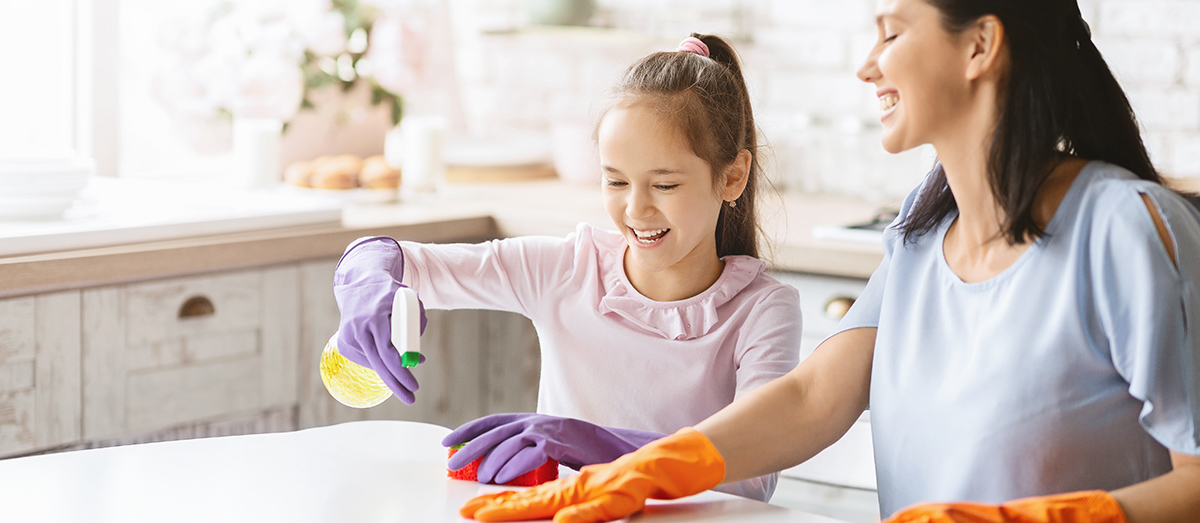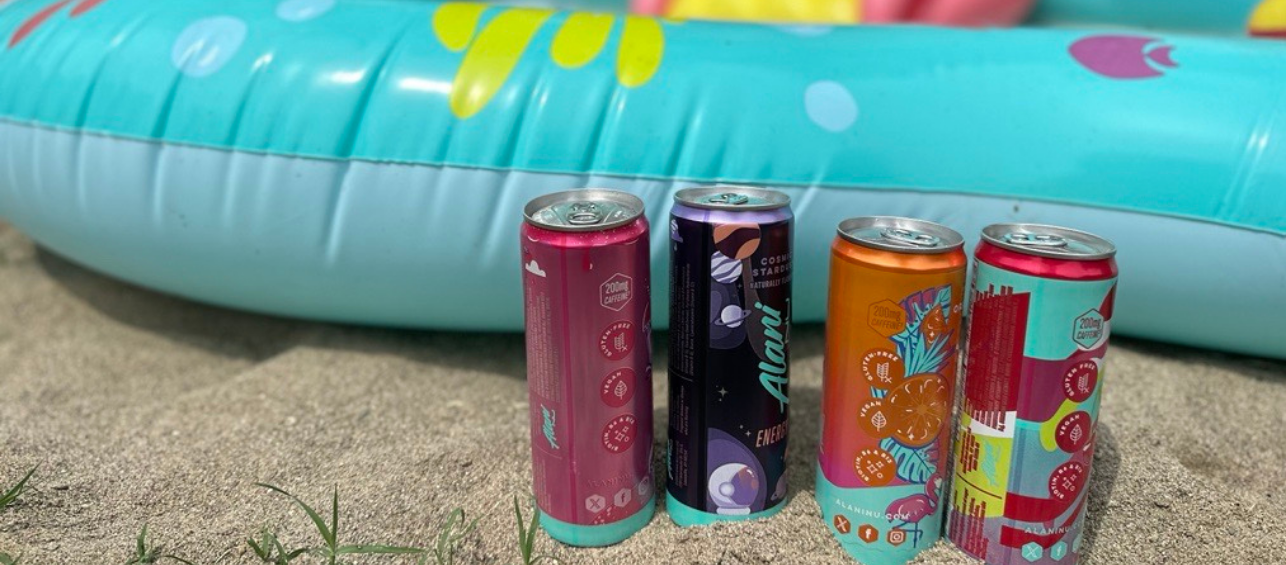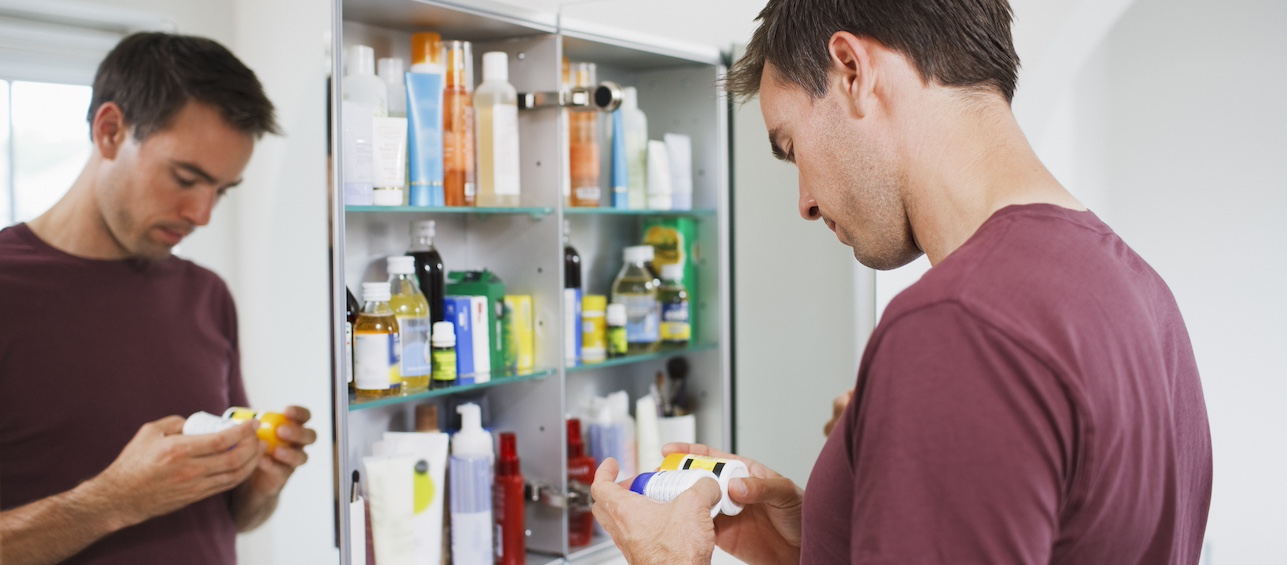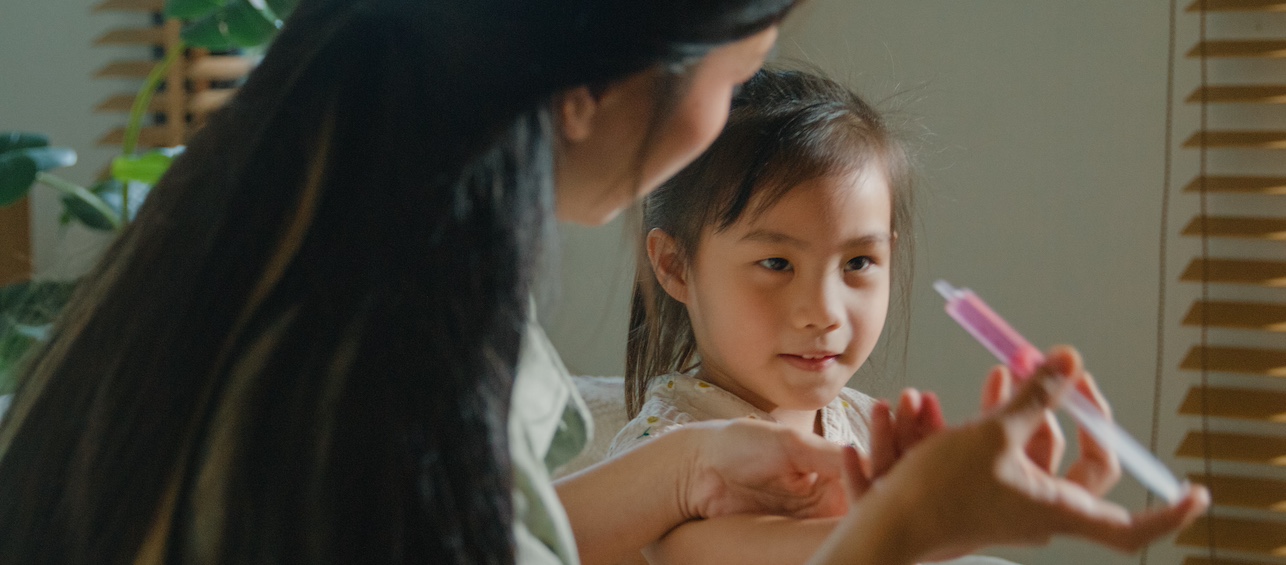COVID-19 is at the top of everyone’s minds and we’re all wondering how to prevent it.
I’ve seen some inaccurate information on social media about drinking vinegar and bleach to prevent COVID-19 from spreading. And I’d like to address it directly: drinking bleach will not prevent COVID-19 infections and could cause serious injury.
However, the proper use of cleaning products can be an effective weapon against the spread of disease-causing germs, including COVID-19. Now is a great time to remember to use these products safely, as many of us are cleaning more than we normally do.
How to Use and Store Cleaning Products Safely
Cleaning products have the potential to be toxic if used incorrectly. In fact, it is the #2 reason why people call poison centers in the U.S.
The U.S. Centers for Disease Control and Prevention (CDC) recommends using diluted bleach solutions on frequently-touched surfaces. Hand sanitizer with an alcohol content of at least 60% is recommended for killing COVID-19 on the hands, especially when soap and water is unavailable.
To safely disinfect for COVID-19, we recommend using and storing cleaning products by:
- Keeping products ‘up and away,’ out of the sight and reach of children and pets. Children under the age of 6 are the most likely to mistake a cleaning product for something to eat or drink.
- Leaving products in their original, labeled containers. If you transfer a cleaning product into a food or beverage container someone may accidentally swallow it. This can cause problems for the stomach. We receive many calls about this.
- Covering skin and eyes. Some cleaning products, including bleach, are caustic. This means that they can cause burns when swallowed or sprayed/splashed into the skin or eyes.
- Supervising young children if they are helping you clean. Children commonly lick their hands, and while a taste of bleach is unlikely to be a problem, more significant quantities can cause symptoms.
- Avoiding mixing cleaning products together. Certain combinations could create harmful gases that can cause coughing and serious breathing problems.
At our Cincinnati Drug and Poison Information Center, we are here to help answer any questions you have if someone becomes exposed to a cleaning product. Call us 24/7 at 1-800-222-1222 and we will be happy to help you.





